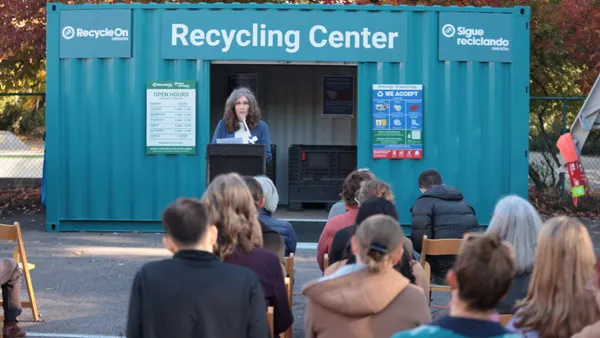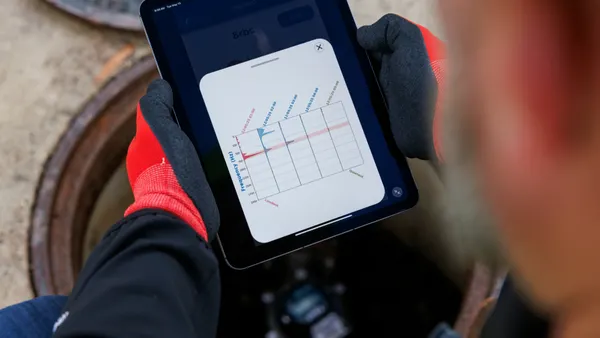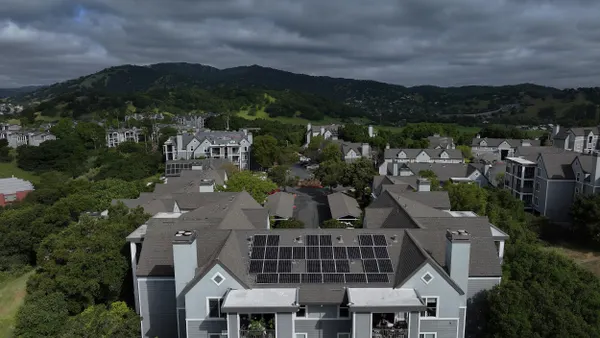As the world population grows and more people than ever before move to urban areas, the investment in modernized utility and city infrastructure to better manage energy and water is critical. As utilities and cities become more digitized and connected, they are flooded with an overwhelming amount of newly available data. Turning data into something that is actionable is what will truly help utilities, city managers and municipalities make decisions that will lead to the resourceful use of crucial resources.
This process is also fundamental in creating smart cities. In fact, one of the 10 Tenants of a Connected Smart City is to leverage the power of data, and data can really make a difference in creating robust demand response and energy efficiency programs, which transform raw data into solutions that help citizens and the cities in which they live better manage energy.
Deploying Improved Demand Response
Utilities are beginning to deploy demand response (DR) programs as operational resources to solve problems traditionally handled by supply-side resources or investments in transmission and distribution infrastructure. This can only be accomplished by an approach that leverages data to drive improved performance. Historically, utilities relied on a manual approach to demand response, using excel spreadsheets to determine how much load would be available.
Obviously, this method made it difficult for the utility to perform in an emergency, adjust to rapid weather changes or effectively sort through the expansive amount of information. Leveraging data, utilities can rely on the power of detailed, customer-specific models and improve resource management. These capabilities transform raw data into relevant information and analytics that provide a precise and trusted asset in the control room.
The effectiveness of leveraging data to improve demand response is compelling. For example, an electric company in Florida is replacing one-way communicating devices with two-way communicating devices to leverage device data to more accurately forecast load reduction.
With this improved forecasting and dispatching capabilities, utilities can leverage DR as a strategic asset not only to improve grid reliability, but also to integrate intermittent renewable resources of energy and defer large capital expenditures such as transmission and distribution infrastructure. This enables cities to better serve their citizens without needing to build out new infrastructure, while enabling cleaner sources of energy without sacrificing reliability.
Utilizing Data Analytics to Help Customers
Another benefit of effective data management is the ability to use analytics to better understand consumer energy usage and behavioral patterns. Uncovering detailed consumer information allows electric utilities to help customers save money on energy bills and incorporate energy efficiency (EE) programs.
Through precise analysis, electric utilities can build a model of how each home consumes energy using data collected during thermostat installations, telemetry from the thermostat, billing data and other public records. Made possible by programs with powerful access to data, utilities can identify specific actions customers can take to save energy and accurately estimate dollar savings. Advanced systems directly benefit consumers by enabling them to reduce their energy usage and save money.
Data-driven solutions can be specific to the utility. For example, a utility can implement a program that allows businesses to schedule regular “efficiency periods” when their buildings are typically unoccupied. Using a thermodynamic model of these customers’ premises with real-time weather data, the program could maximize energy savings by regulating the temperature.
The impacts of translating data into a DR program that yields greater rewards for the customer are significant. Energy-efficient solutions can improve energy savings as compared with the typical approach of manually adjusting the thermostat, which demonstrates the results of using data effectively.
DR and EE programs leverage the power of data to provide a significant benefit to utilities and their customers. Using data analytics can dramatically improve performance by finding the right data to implement precise, relevant solutions. For smart cities, this means that each building in a city can utilize a program specifically built for its needs.
Modernized utilities and smart cities will be defined by how they respond to the power of data and harnessing that power requires finding relevant information and creating innovative responses. DR and EE programs provide an avenue to deploy improved solutions for utilities and maximize benefit to customers by revealing the data that matters.









